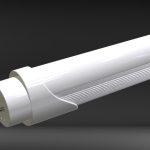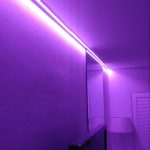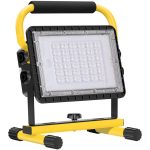Discovering the Brightest LED Light: A Comprehensive Guide
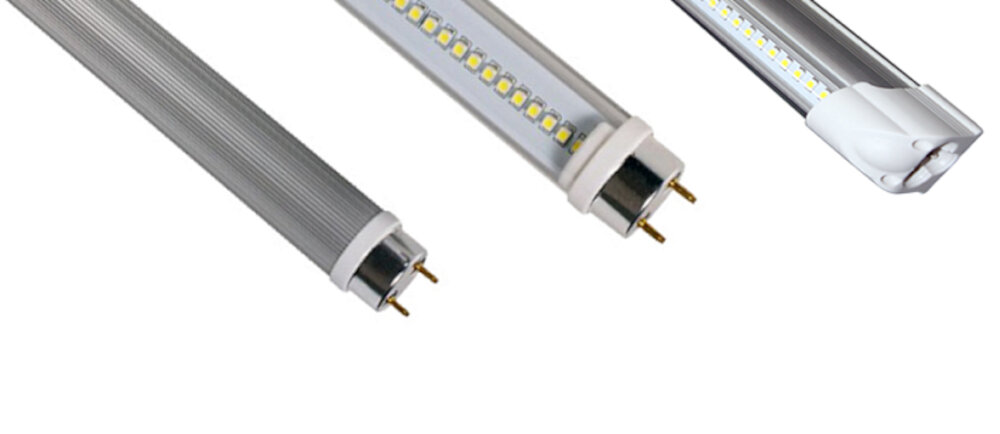
In today’s world, where technology is advancing at an unprecedented pace, finding the brightest LED light can be a daunting task. With so many options available in the market, it can be challenging to determine which one is the best for your needs. Whether you’re looking for a high-powered flashlight for outdoor adventures or a bright bulb to light up your home, this comprehensive guide will help you discover the brightest LED light that fits your requirements. LED lights have become increasingly popular over the years due to their energy efficiency and long lifespan. They are also brighter than traditional incandescent bulbs, making them an excellent choice for those who require high levels of illumination. In this guide, we’ll explore the various factors that determine the brightness of an LED light, including lumens, color temperature, and wattage. We’ll also take a look at some of the brightest LED lights available in the market and compare their features and performance to help you make an informed decision. So, whether you’re a professional photographer or a DIY enthusiast, let’s dive into the world of LED lights and discover the brightest one for you.
LED lights, or light-emitting diode lights, are an incredibly efficient and long-lasting lighting technology that has revolutionized the lighting industry. Unlike traditional incandescent bulbs that use a filament to produce light, LEDs use a semiconductor material that emits light when an electrical current is passed through it. This process is incredibly energy-efficient, as very little energy is lost as heat. LEDs are also incredibly long-lasting, with some models lasting up to 25,000 hours or more. In addition to their energy efficiency and longevity, LED lights are also incredibly versatile, with a wide range of colors and brightness levels available. Whether you’re looking to light up your home, office, or outdoor space, LED lights are an excellent choice for their efficiency, durability, and versatility.
Brightness is a crucial factor when it comes to LED lights, as it determines the level of illumination produced by the light. The brightness of an LED light is often measured in lumens, and it is essential to choose a light with an appropriate lumen output for your intended use. Whether you need to light up a small room or illuminate a large outdoor space, the brightness of the LED light will play a significant role in achieving the desired effect. A brighter LED light will not only provide better visibility but can also enhance the aesthetics of an area. Additionally, a brighter LED light can help save energy by reducing the number of lights needed to illuminate a given area. Therefore, it is crucial to consider the brightness of an LED light carefully before making a purchase.
The purpose of this comprehensive guide \Discovering the Brightest LED Light\ is to provide a deep understanding of the technology behind LED lights, their properties, and how to choose the brightest LED light that suits your needs. This guide will equip you with the knowledge required to make an informed decision when purchasing LED lights. We aim to help you understand the terminology used in the LED industry, the science behind LED technology, and how to compare different LED lights to make the best choice. You will also learn about the different types of LED lights, their features, and benefits. By the end of this guide, you will have a clear understanding of what to look for when choosing the brightest LED light for your specific needs, whether it’s for home, commercial, or industrial applications.
Factors Affecting LED Light Brightness
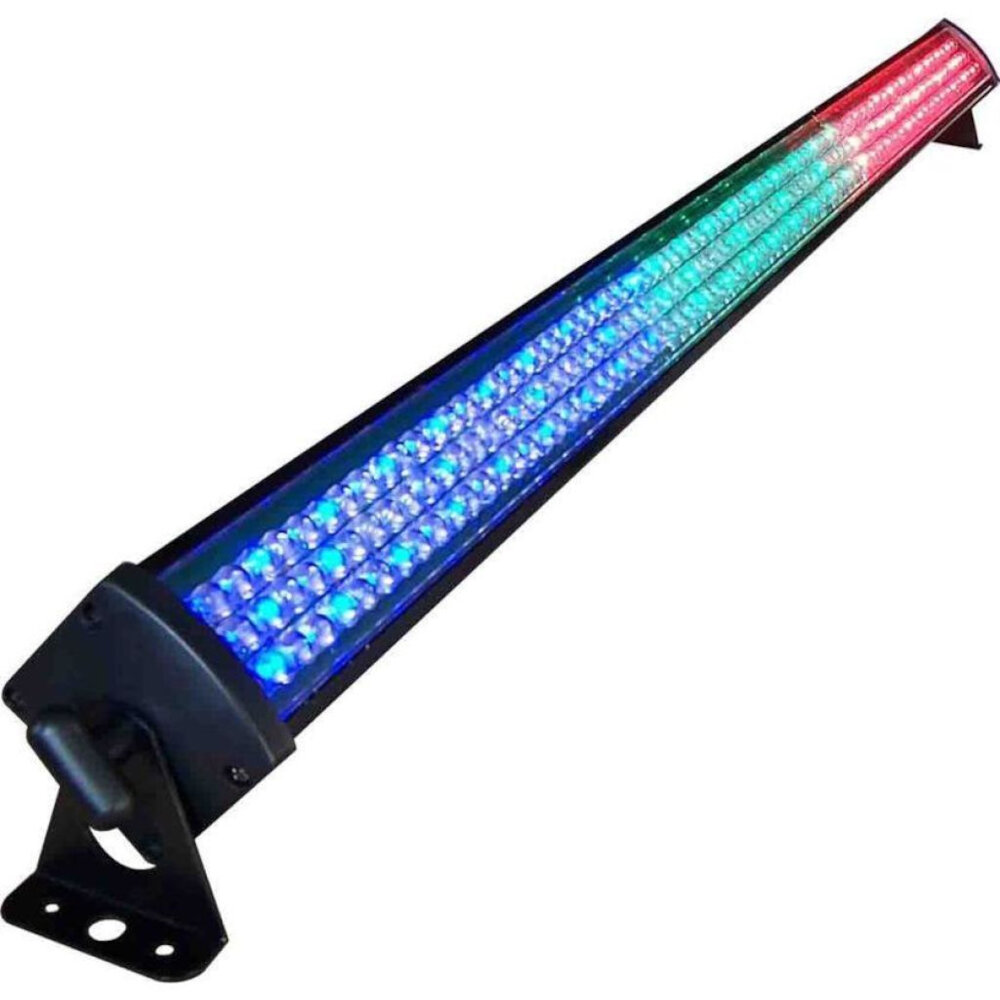
There are several factors that can affect the brightness of LED lights. One of the most important is the quality of the LED chip itself. High-quality chips will generally produce brighter light than lower-quality ones, as they are able to emit more light for a given amount of power. Another important factor is the size of the LED chip. Larger chips will generally produce brighter light than smaller ones, as they are able to emit more light over a larger surface area. The design of the LED light itself can also impact its brightness. The placement and number of LED chips, as well as the reflectors and lenses used in the design, can all affect the amount of light that is emitted. In addition, the materials used in the construction of the light can impact its brightness. For example, lights made with high-quality materials that are resistant to heat and moisture are likely to produce brighter light than those made with cheaper, lower-quality materials. Overall, understanding the factors that affect LED light brightness is important for anyone looking to choose the most effective and efficient lighting solution for their needs.
LED chip technology is the cornerstone of modern lighting solutions. LEDs are semiconductors that emit light when an electrical current flows through them, making them an energy-efficient alternative to traditional lighting sources. The advancements in LED chip technology have made it possible to produce brighter, more durable, and longer-lasting lights. The latest generation of LEDs can produce up to 300 lumens per watt, which is six times more efficient than traditional incandescent light bulbs. Additionally, LED chips can be made in a variety of shapes and sizes, making them versatile for use in different lighting applications. Overall, LED chip technology is a game-changer in the lighting industry, providing brighter, more efficient, and longer-lasting lighting solutions.
The materials used in LED production play a crucial role in determining the quality and efficiency of the resulting LED lights. Typically, LED chips are made from semiconducting materials such as gallium nitride (GaN), silicon carbide (SiC), and indium gallium nitride (InGaN). These materials offer desirable properties such as high thermal conductivity, stability, and resistance to degradation. Additionally, phosphor is often added to the LED chip to enhance the color quality and brightness of the light emitted. The use of high-quality materials in LED production ensures that the resulting lights are durable, energy-efficient, and capable of producing bright, vibrant light that is suitable for a variety of applications.
Heat dissipation is an essential aspect to consider when it comes to choosing the brightest LED light. The process of heat dissipation refers to the capability of a light to dissipate the heat generated by its internal components. As the brightness of an LED light increases, so does the amount of heat it produces. Without proper heat dissipation, the light can overheat, leading to a shorter lifespan and reduced performance. To ensure efficient heat dissipation, manufacturers use various materials and designs such as heat sinks, thermal pads, and fans. Moreover, heat dissipation is not only essential for the lifespan of the LED light but also for the safety of the user as overheating can cause damage or even fire hazards.
In the world of LED lights, understanding current and voltage is crucial to discovering the brightest and most efficient lighting solutions. Current refers to the flow of electric charge through a circuit, while voltage is the force that drives that charge. When it comes to LED lights, current and voltage play a significant role in determining the brightness and overall performance of the lighting system. Properly matching the voltage and current of an LED light ensures that it operates at maximum efficiency and produces the brightest possible output. As such, understanding the relationship between current and voltage is essential for those seeking to discover the brightest LED light solutions.
Measuring LED Light Brightness
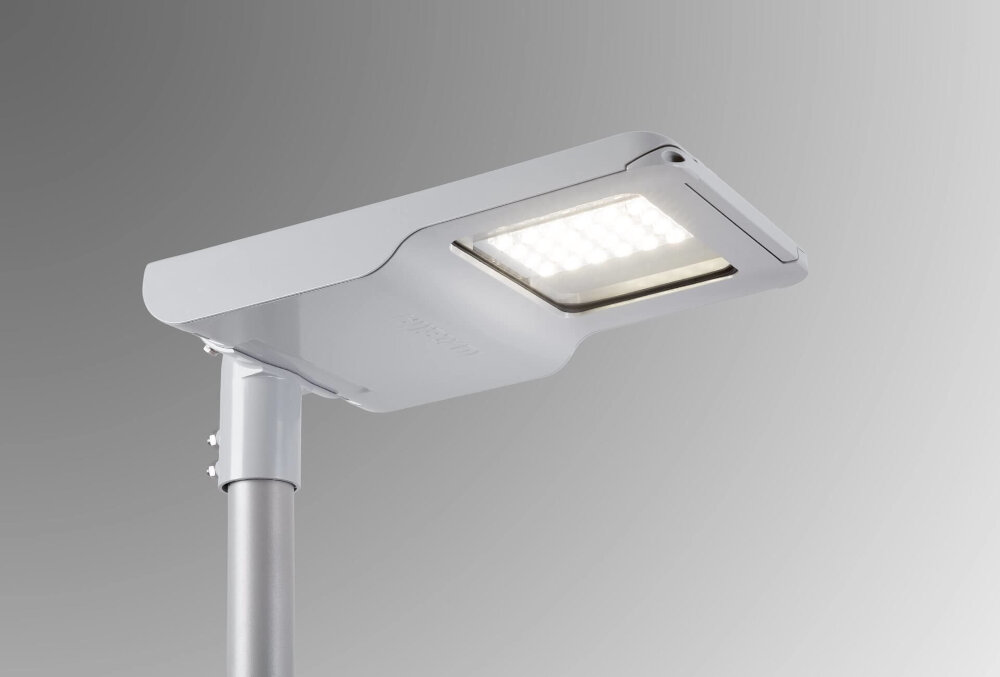
Measuring LED light brightness is a crucial step in determining the right type of LED light for your needs. The brightness of an LED light is measured in lumens, which is a unit of measurement for the amount of light that the LED emits. The higher the lumens value, the brighter the LED light. A lumen is a measure of the total amount of visible light emitted by an LED light source. It is important to note that lumens are not the same as watts, which is a measure of the amount of energy consumed by the LED light. Therefore, when choosing an LED light, it is important to consider both the lumens and watts values to ensure that you get the desired brightness and energy efficiency. There are several factors that can affect the brightness of an LED light, including the size and quality of the LED chip, the reflector or lens used to direct the light, and the power source used to supply the LED light. The color temperature of the LED light can also affect the perceived brightness, with cooler temperatures appearing brighter than warmer temperatures. Additionally, the angle of the LED light beam can affect the perceived brightness, with narrower beams appearing brighter than wider beams. Therefore, it is important to consider all of these factors when measuring the brightness of an LED light to ensure that you get the optimal lighting solution for your needs.
Lumen measurement is an essential aspect of determining the brightness of an LED light. It is a unit that measures the amount of visible light produced by a source per second. The higher the lumen rating, the brighter the light emitted. Lumen measurement is critical in determining the efficiency of LED lights, as it provides a more accurate representation of their brightness compared to wattage. Therefore, when selecting the brightest LED light, it is essential to consider the lumen measurement to ensure that you get the desired level of brightness for your intended application.
Lux measurement is a crucial aspect of understanding the brightness of LED lights. Lux, also known as illuminance, is a metric that is used to measure the amount of light that falls on a particular surface area. It is measured in lumens per square meter, and the higher the lux value, the brighter the light. Lux measurement is essential for determining the appropriate lighting levels for different environments, such as offices, homes, and outdoor spaces. It is also used to measure the efficiency of LED lights and to compare the brightness of different lighting products. Measuring lux helps to ensure that the lighting is adequate for the task at hand, while also helping to reduce energy costs by avoiding over-lighting. Therefore, understanding lux measurement is a vital aspect of discovering the brightest LED light for any application.
Candela is a unit of measurement used for measuring the intensity of light emitted by a light source in a specific direction or angle. It is a fundamental unit of light measurement in the International System of Units (SI), which is used to quantify the luminous intensity of a light source. Candela measurement is significant in the field of lighting technology, especially in the design and manufacturing of LED lights. Candela measurement is essential for ensuring that the LED light is bright enough to meet the desired purpose, and it is also vital for ensuring that the light is energy efficient. By using sophisticated instruments, engineers can accurately measure the candela output of an LED light, which helps in identifying the brightest LED light available in the market.
Types of LED Lights
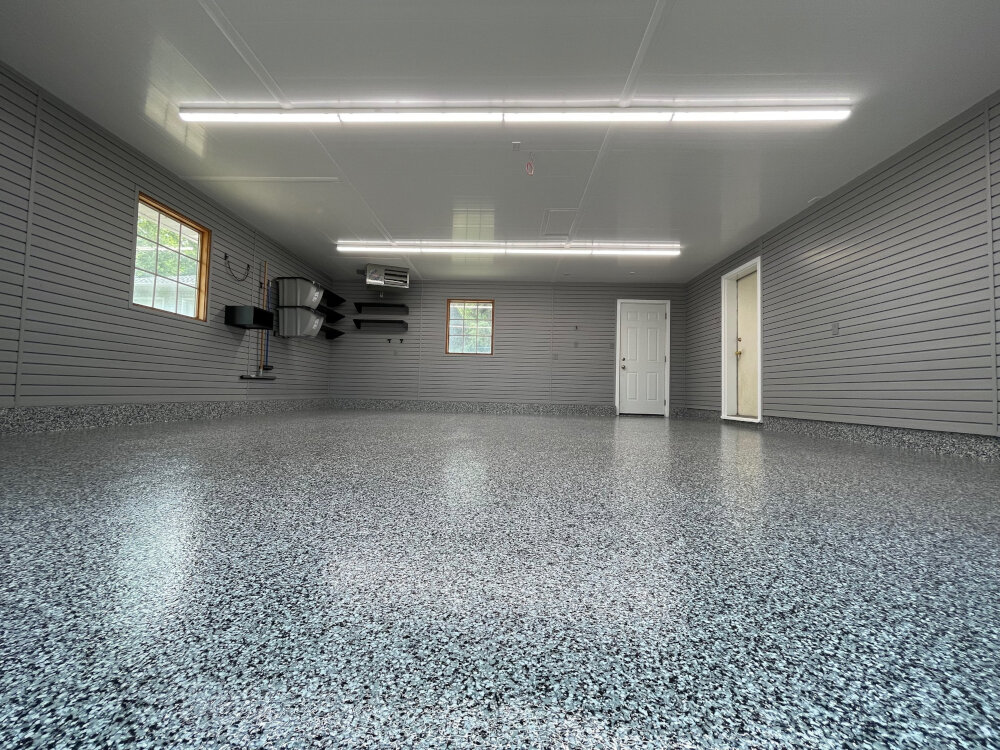
When it comes to LED lights, there is no shortage of options in the market. From indoor to outdoor lighting, there are various types of LED lights available to suit different needs and requirements. Some of the most common types of LED lights include A-shaped bulbs, floodlights, strip lights, and downlights. A-shaped bulbs are commonly used for household lighting and come in a range of color temperatures, including warm white, cool white, and daylight. They are energy-efficient and have a long lifespan, making them an excellent choice for those looking to save on electricity bills. Floodlights, on the other hand, are ideal for outdoor lighting and can be used to illuminate a large area. They are available in different wattages and color temperatures and can be controlled remotely using a smartphone or tablet. Strip lights are another popular type of LED light and are commonly used in commercial and residential settings. They come in a range of colors and can be used to create various lighting effects, such as accent lighting and task lighting. They are also flexible and can be cut to size, making them easy to install in tight spaces. Downlights, also known as recessed lights, are commonly used in kitchens, bathrooms, and other areas where a focused light source is required. They are available in different sizes and shapes and can be dimmed for added convenience. Overall, LED lights offer a range of benefits, including energy efficiency, long lifespan, and low maintenance costs. By choosing the right type of LED light, you can improve the lighting in your home or business while saving on energy costs. In addition to the types of LED lights mentioned above, there are several other options available, including high bay lights, panel lights, and track lights. High bay lights are commonly used in warehouses and other large industrial spaces and are designed to provide bright, uniform lighting. Panel lights are used for office lighting and are designed to provide a soft, diffused light that is easy on the eyes. Track lights, on the other hand, are ideal for highlighting artwork, furniture, and other decorative features in a room. They come in a range of sizes and can be adjusted to direct light where it is needed most. Overall, there is a type of LED light available to suit every need and requirement, making it easy to find the perfect lighting solution for your home or business.
Highpower LED lights are a game-changer in the world of lighting technology. These lights offer unmatched brightness and efficiency, making them a popular choice for a wide range of applications. With their superior performance and longevity, highpower LEDs have revolutionized the lighting industry, providing a more sustainable and cost-effective solution to traditional lighting sources. These lights are incredibly versatile and can be used for both indoor and outdoor lighting, making them an ideal choice for commercial and residential settings. They are also available in a wide range of colors and intensities, allowing for a customized lighting solution that meets the specific needs of any project. Whether you are looking to illuminate a large space or add a pop of color to your home or building, highpower LED lights are the way to go.
Midpower LED lights are a versatile and efficient lighting solution that has been gaining popularity in recent years. These LEDs are typically smaller than high-power LEDs, but still offer excellent brightness and efficiency. Midpower LEDs are commonly used in a variety of applications, including residential and commercial lighting, automotive lighting, and backlighting for electronic devices. One of the key advantages of midpower LEDs is their low power consumption, making them an ideal choice for energy-efficient lighting solutions. Additionally, midpower LEDs are highly reliable and have a long lifespan, making them a cost-effective option for a wide range of applications. Whether you’re looking to upgrade your home lighting or improve the efficiency of your business, midpower LEDs are a powerful and versatile lighting solution that can help you achieve your goals.
Low-power LED lights are a popular choice for those who want to reduce their energy consumption and lower their electricity bills. These energy-efficient bulbs use significantly less energy than traditional incandescent bulbs, making them a more sustainable and eco-friendly option. Despite their lower power usage, low-power LED lights are still capable of producing bright and vibrant light, making them ideal for a variety of settings, including homes, offices, and public spaces. Additionally, these lights have a longer lifespan than traditional bulbs, meaning that they will need to be replaced less frequently, thereby reducing waste and saving consumers money over time. Whether you’re looking to save money, reduce your carbon footprint, or simply brighten up your space, low-power LED lights are an excellent choice that won’t disappoint.
Organic LED lights, also known as OLED lights, are a relatively new technology in the lighting industry. Unlike traditional LED lights, which use semiconductors to produce light, OLED lights utilize organic materials that emit light when an electric current is applied. This allows for a much thinner and more flexible design, as well as a greater range of colors and brightness levels. OLED lights also have a wider viewing angle and consume less power than traditional LED lights. Although they are currently more expensive than other types of lighting, their potential for energy efficiency and versatility make them an exciting prospect for the future of lighting technology.
Choosing the Brightest LED Light

When choosing the brightest LED light, there are several factors to consider. One of the most important factors is the lumen output, which refers to the amount of visible light emitted by the LED. The higher the lumen output, the brighter the LED light will be. However, it is also important to consider the color temperature of the LED, as this can affect the perceived brightness. LEDs with a higher color temperature, such as those with a cool white or daylight color, tend to appear brighter than those with a lower temperature, such as those with a warm white or soft white color. Another factor to consider when choosing the brightest LED light is the wattage or power consumption. LEDs with higher wattage tend to produce more light, but they also consume more energy. It is important to strike a balance between brightness and energy efficiency, as using high-wattage LEDs can lead to increased energy costs in the long run. Additionally, it is important to consider the quality of the LED light, as some LEDs may produce a brighter light but with poor color rendering, which can affect the overall quality of the light. By taking all of these factors into account, it is possible to choose the brightest LED light that meets your needs and provides the best performance for your specific application.
Assessing brightness needs is a crucial step in discovering the brightest LED light for your specific requirements. It is important to determine the amount of light required for the intended application, whether it is for indoor or outdoor use, and the size of the space that needs to be illuminated. Factors such as the color temperature, light distribution, and beam angle also need to be taken into consideration. A higher lumen output does not necessarily equate to a brighter light, as the efficiency and quality of the LED chip and its driver also play an important role. It is recommended to consult with a lighting professional to ensure that the chosen LED light meets the desired brightness needs and provides optimal performance and energy efficiency.
When it comes to LED lights, the brightness level is a crucial factor determining its performance. The comparison of brightness levels of different LED lights can be a challenging task, as it depends on various factors such as wattage, lumens, and color temperature. While some LED lights emit a warm and soothing glow, others produce a bright and crisp light. The brightness level of an LED light is measured in lumens, and the higher the lumens, the brighter the light. When comparing the brightness levels of LED lights, it’s essential to consider the intended use, as some lights may be suitable for ambient lighting, while others are better suited for task lighting. Additionally, the color temperature of the light can affect the perceived brightness, with cool white lights appearing brighter than warm white lights. Ultimately, the best way to compare the brightness levels of different LED lights is to examine the lumens and color temperature specifications and test the lights in the intended environment.
When it comes to LED lights, understanding their specifications is crucial to choosing the right product for your needs. One of the most important specifications to consider is lumens, which measures the brightness of the light. Another important specification is color temperature, which refers to the warmth or coolness of the light. The higher the color temperature, the cooler and bluer the light will appear, while lower temperatures produce a warmer, yellow-orange light. Additionally, it’s important to consider the beam angle, which determines how wide or narrow the light is spread. By considering these specifications and others, you can make an informed decision about which LED light is right for your specific application.
The brightness of LED lights plays a critical role in various applications, making it an essential factor to consider when choosing LED lights. LED lights with higher brightness levels are more effective in illuminating larger areas, which is beneficial in outdoor settings, sports fields, and large indoor spaces. The brightness of LED lights also affects their energy efficiency, with brighter lights consuming more energy than less bright ones. Additionally, brighter LED lights tend to have a longer lifespan than less bright ones. Therefore, it’s essential to consider the intended use of LED lights and select a brightness level that meets the specific needs of the application.
When it comes to choosing the brightest LED light, there are several tips to keep in mind. Firstly, consider the lumens output of the light, as this is a measurement of its brightness. Look for lights with higher lumens ratings, typically over 1000, for the brightest output. Additionally, pay attention to the color temperature of the light, as this can affect the perceived brightness. Cooler temperatures, around 5000K, tend to appear brighter than warmer temperatures. The angle of the beam is also an important factor to consider, as a narrower beam angle will produce a brighter, more focused light. Finally, make sure to choose a high-quality LED light from a reputable manufacturer to ensure the brightest and most reliable performance.
LED technology has come a long way since its inception, and the future looks even brighter. Advancements in LED technology are expected to produce even brighter, more energy-efficient, and longer-lasting LED lights. The development of Micro-LEDs, which are smaller and thinner than traditional LEDs, is expected to revolutionize the lighting industry. These tiny LEDs can be used in flexible displays, ultra-thin TVs, and even implanted into the human body for medical purposes. Additionally, improvements in color rendering will allow for more accurate and natural-looking lighting. Overall, the future of LED technology is exciting, and the possibilities are endless.
Conclusion
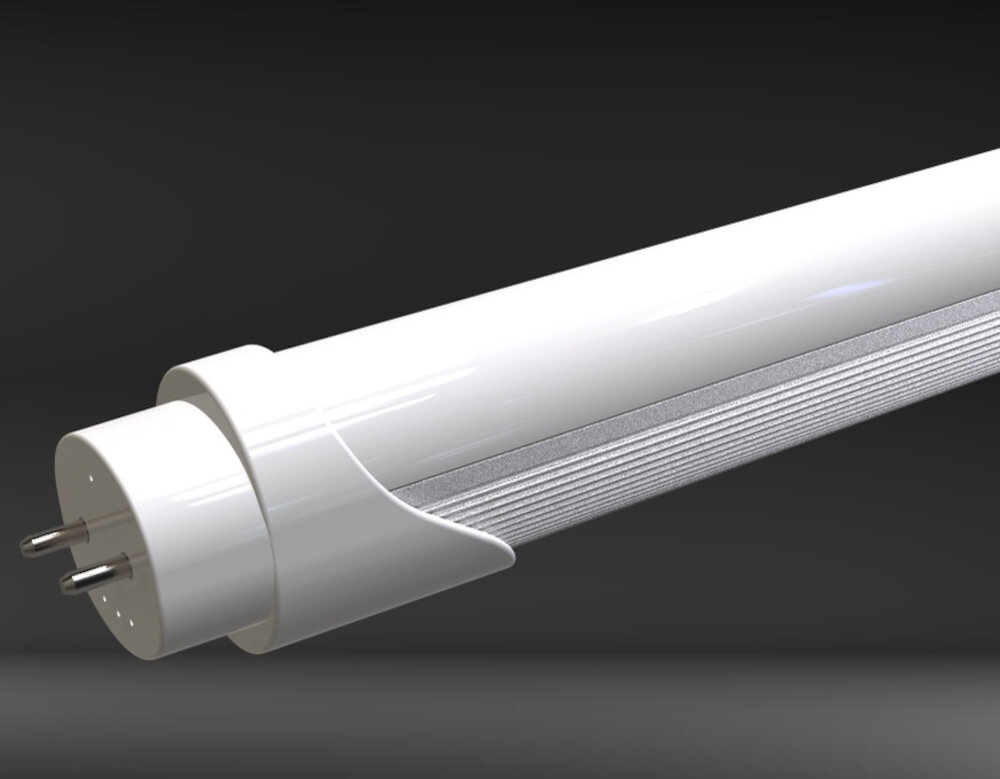
In conclusion, discovering the brightest LED light can be a daunting task, but with the right knowledge and information, anyone can find the perfect light for their needs. From understanding lumens and color temperature to choosing the right type of LED, this comprehensive guide has covered all the essential information to help you make an informed decision. Whether you’re looking for a powerful flashlight for outdoor adventures or a bright light for your workspace, the options are endless. So, take your time, do your research, and choose the LED light that best fits your needs. With the right LED light, you’ll be able to brighten up your space and illuminate your life like never before.

